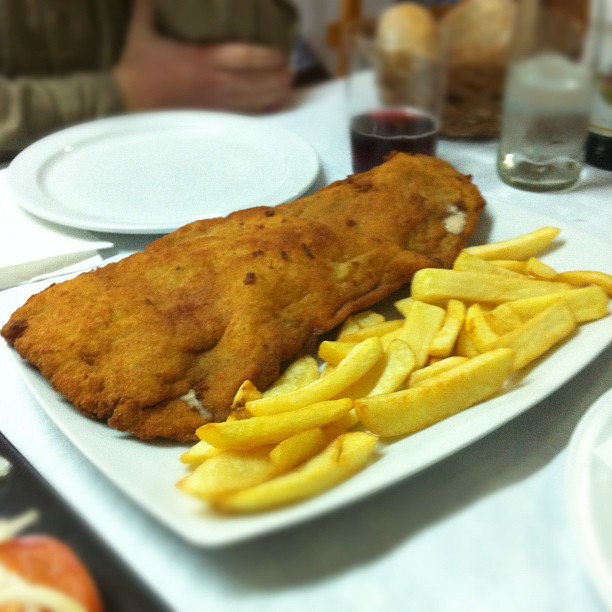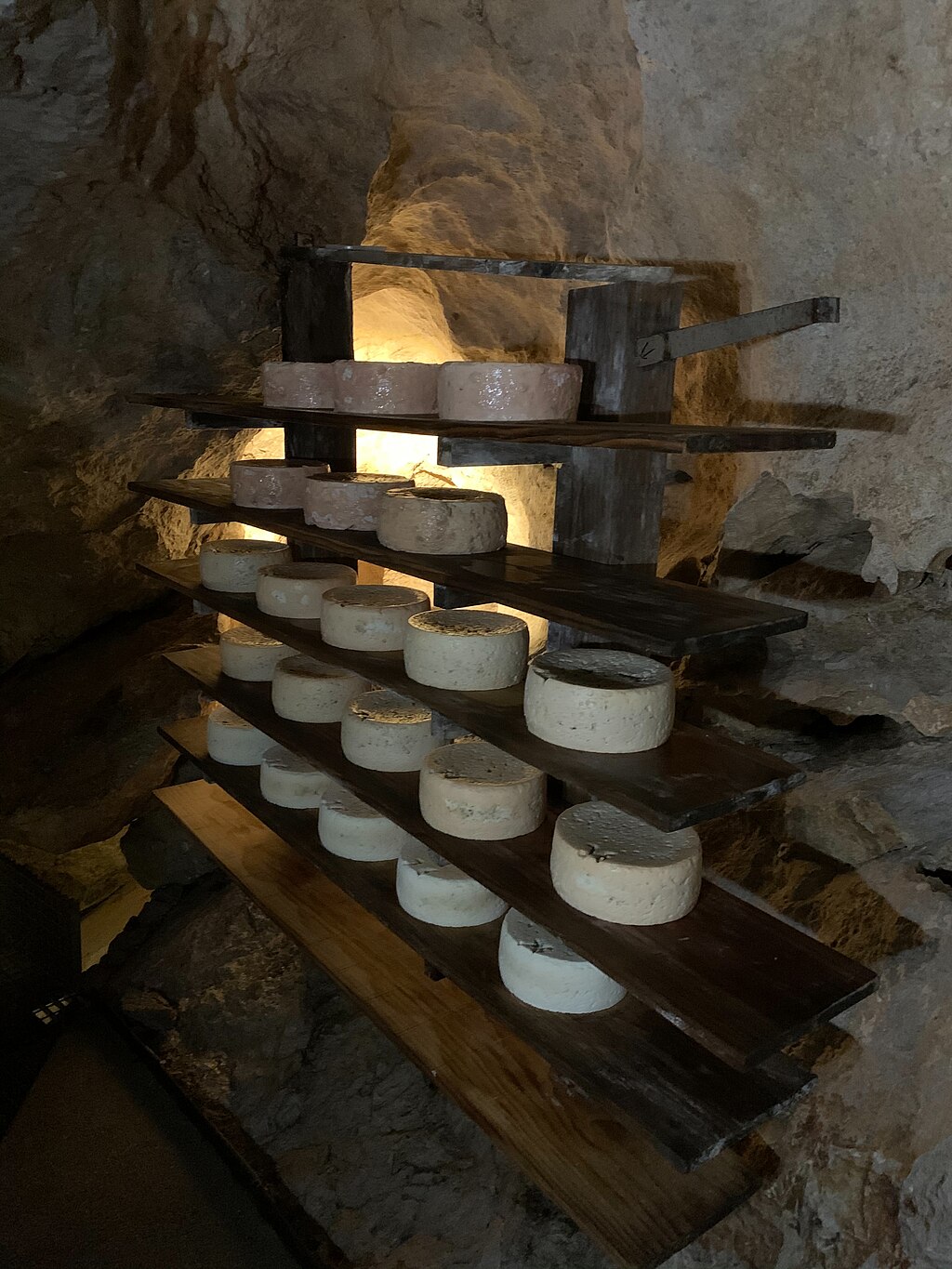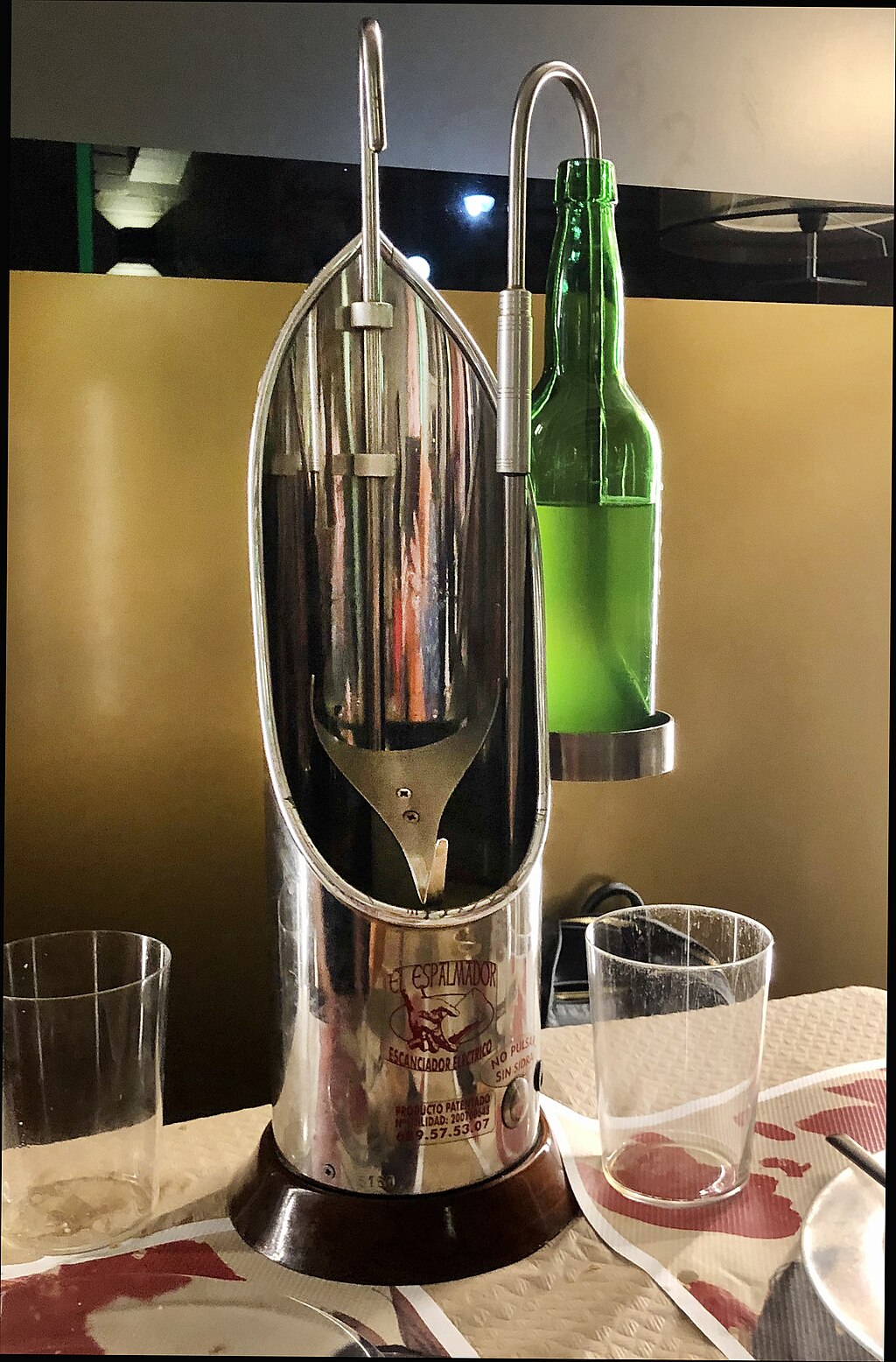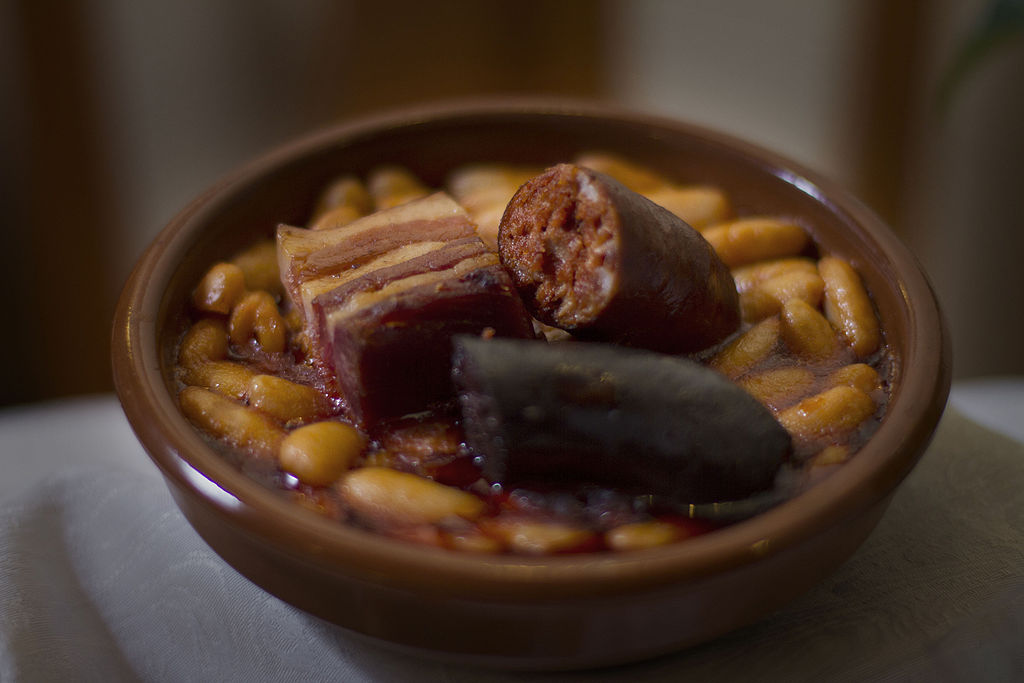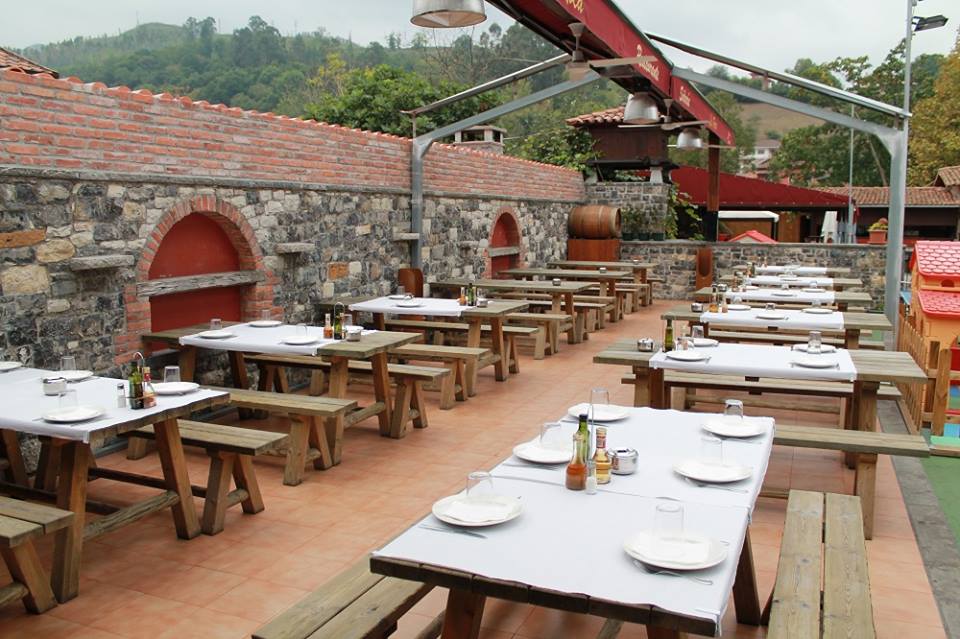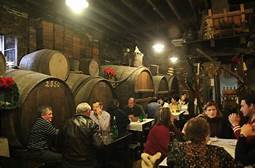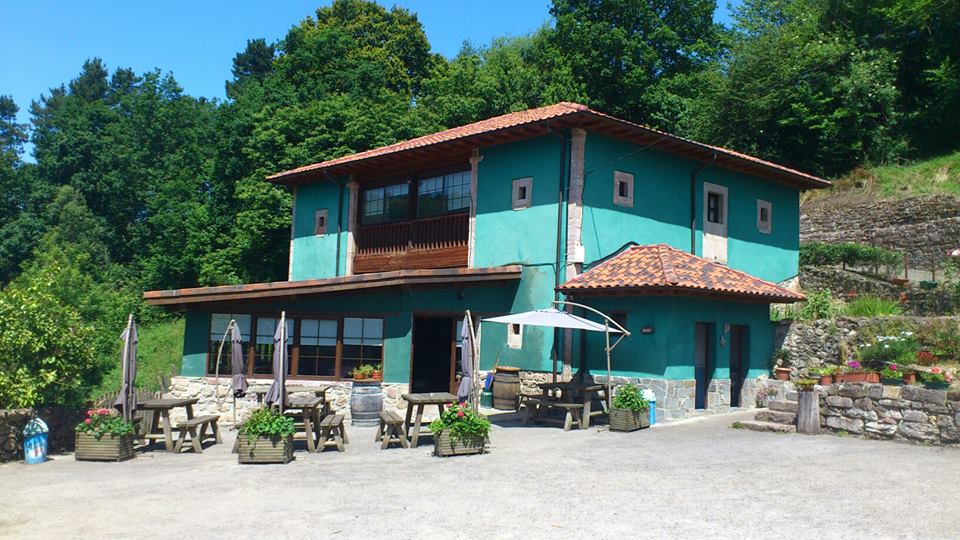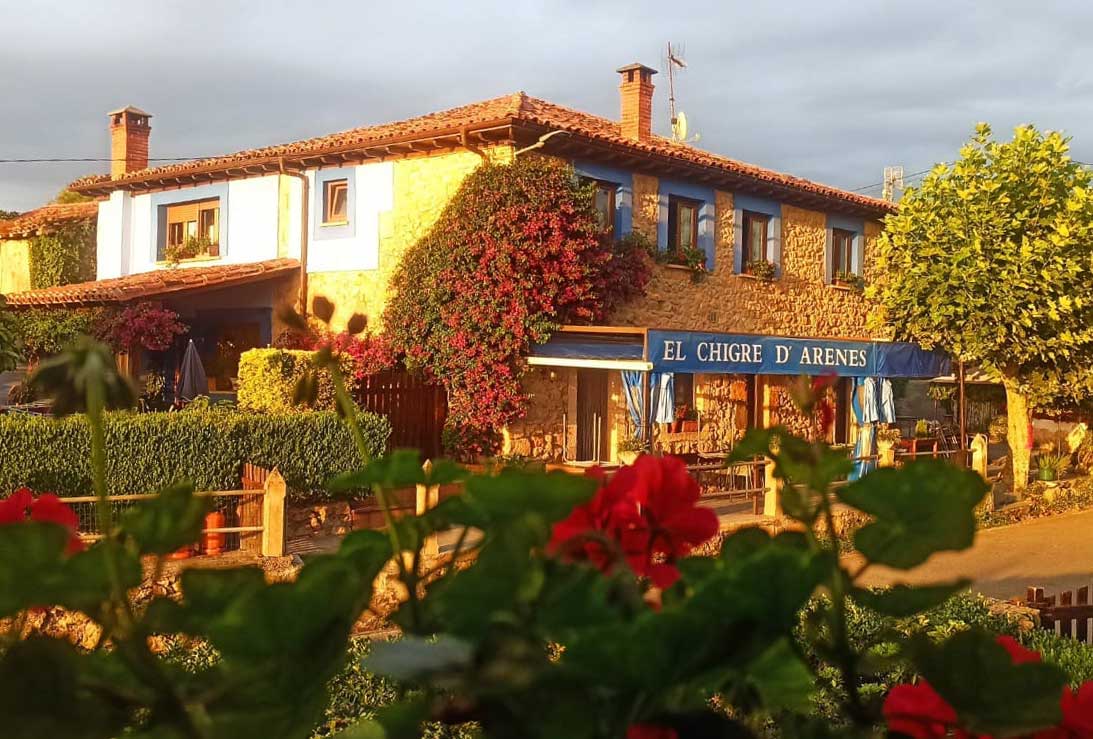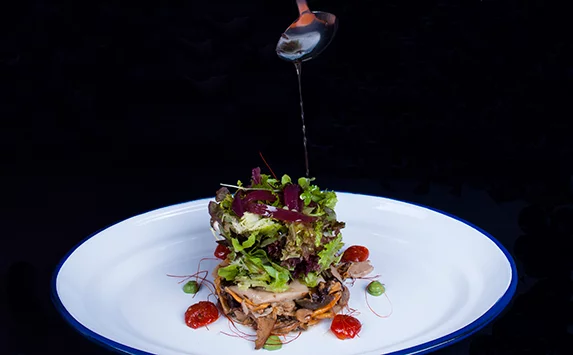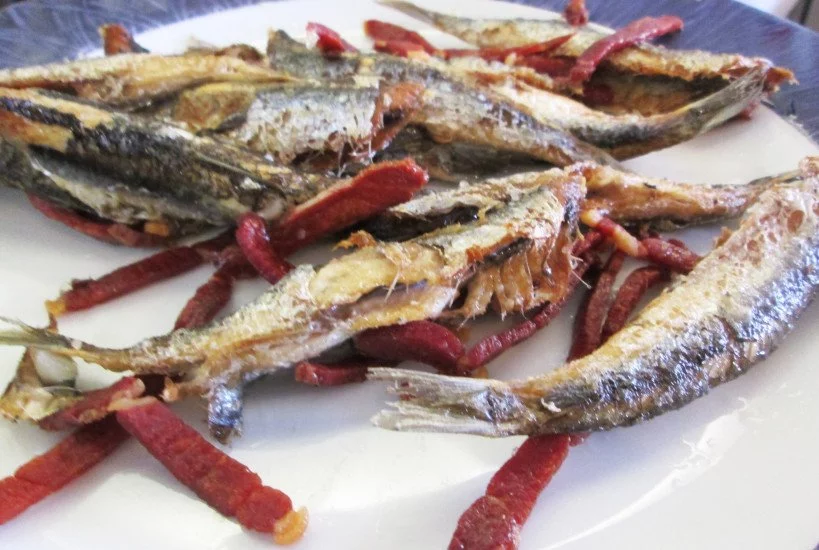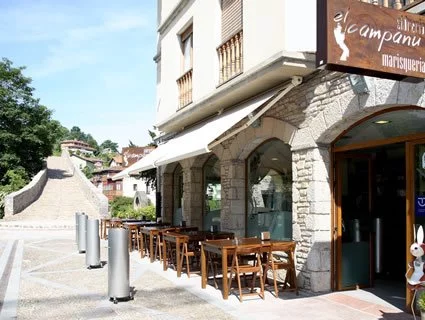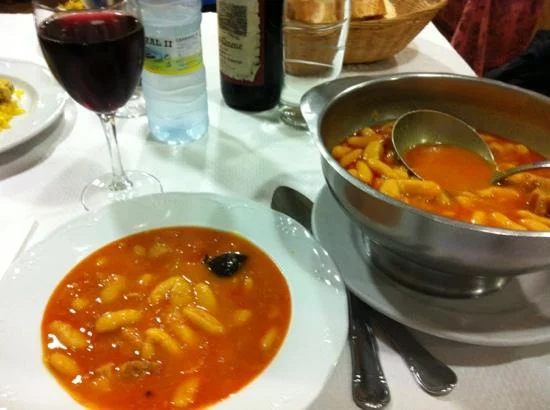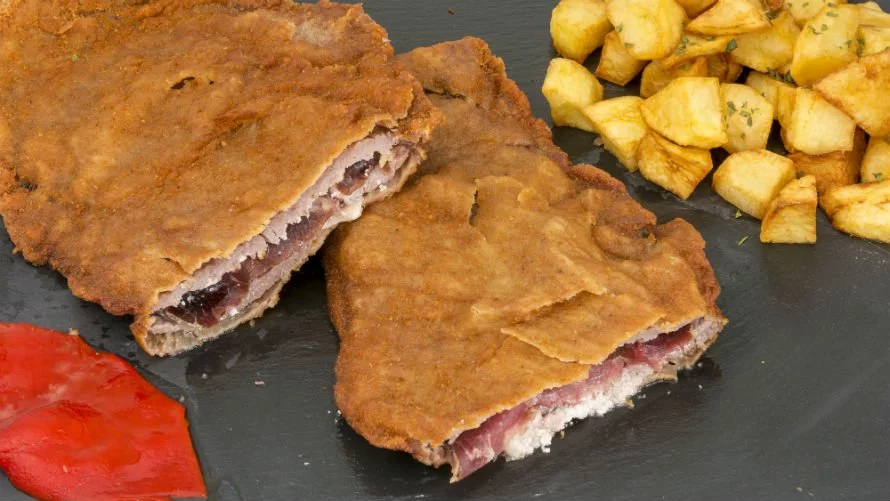✨ San Valentín en La Quintana de Romillo ✨ | 🏡 Apto 1 dormitorio para 2 · 2 noches · 💖 Decoración romántica · 🍷 Vino · 🍫 Bombones | Solo 166€ | 📅 14-16 feb 2025 | ¡Reserva ya!
Gastronomía de Asturias: Un Festín de Sabores y Tradición
El Oriente de Asturias: Paisajes y Sabores Únicos
La diversidad del paisaje asturiano define también su cocina. En la zona costera, encontramos Concejos como Ribadedeva, Llanes, Ribadesella y Caravia, donde los pescados y mariscos frescos son protagonistas. Por su parte, en el interior montañoso, los Concejos de Piloña, Ponga, Amieva, Parres, Cangas de Onís, Onís, Cabrales, Peñamellera Alta y Peñamellera Baja destacan por sus carnes de calidad y productos autóctonos como las truchas y los salmones de río.
La Costa: Un Manjar Marino
La riqueza del mar Cantábrico se refleja en platos como el pixín (rape), la lubina y el xáragu (mero), preparados con técnicas tradicionales que resaltan la frescura de los ingredientes. Además, los mariscos como percebes, nécoras y centollos son esenciales en los menús de las sidrerías y restaurantes costeros.
La Montaña: Carnes y Caza de Primera
En el interior, la carne es reina. Destacan platos como el pitu de caleya, un pollo de corral criado de forma tradicional, y las piezas de caza como el venado y el jabalí. Estos ingredientes se complementan con guisos contundentes como el pote asturiano, elaborado con berza, fabes y embutidos.
Los Quesos de Asturias: Tradición y Excelencia
Sin lugar a dudas, el queso es el auténtico protagonista de la gastronomía asturiana, especialmente en esta región tan diversa en colores, olores y sabores. La riqueza de la tradición quesera en Asturias se refleja en la infinita variedad de quesos que se producen en esta tierra, muchos de ellos reconocidos a nivel nacional e internacional por su calidad y sabor inigualables.
Entre los más destacados se encuentran el Queso Cabrales y el Queso Gamonéu, ambos con denominación de origen protegida, lo que garantiza su autenticidad y excelencia.
Queso Cabrales: Un Sabor Intenso y Auténtico
El Cabrales, quizá el queso asturiano más emblemático, es un queso azul elaborado de manera artesanal con leche cruda de vaca, cabra y oveja, dependiendo de la época del año. Su proceso de maduración en cuevas naturales de los Picos de Europa le otorga un sabor fuerte y una textura cremosa, características que lo hacen único. Perfecto para acompañar con sidra natural, su intensidad lo convierte en un imprescindible para los amantes del queso.
Queso Gamonéu: Tradición y Elegancia
Por otro lado, el Gamonéu combina tradición y delicadeza. Este queso se produce en dos variedades principales: el Gamonéu del Valle y el Gamonéu del Puerto. Ambos se elaboran con una mezcla de leches de vaca, cabra y oveja, aunque el proceso de ahumado y su posterior curación en cuevas le confieren un sabor más suave y elegante que el Cabrales, pero igualmente exquisito.
Una Tradición con Raíces Profundas
La producción de queso en Asturias tiene raíces milenarias. Desde tiempos antiguos, las comunidades rurales elaboraban quesos para aprovechar los excedentes de leche, creando así productos que no solo eran fundamentales en la dieta diaria, sino que también servían como moneda de cambio y símbolo de hospitalidad.
Además del Cabrales y el Gamonéu, Asturias cuenta con una gran variedad de quesos artesanales, como el Afuega’l Pitu, el Queso de Beyos y el Queso de Peñamellera, entre otros. Cada uno de ellos refleja las particularidades del entorno y las técnicas de elaboración transmitidas de generación en generación.
El queso asturiano no es solo un alimento; es una expresión cultural que forma parte de la identidad de esta región. Probarlo es descubrir la historia, los paisajes y el amor por las tradiciones que hacen de Asturias un verdadero paraíso gastronómico.
La Sidra: Emblema de Asturias
Sería imposible hablar de la gastronomía asturiana sin mencionar su producto estrella: la Sidra Natural, verdadera seña de identidad de Asturias y símbolo de su cultura y tradición. Más que una bebida, la sidra representa un ritual único que conecta a los asturianos con su tierra y sus raíces.
El arte de escanciar la sidra es un espectáculo en sí mismo. Esta técnica, que consiste en verter la sidra desde lo alto para que golpee el vaso y se oxigene, potencia su aroma y sabor, haciendo que cada «culín» sea una experiencia única. Además, la sidra no solo acompaña los platos de la región; también se integra en la cocina, protagonizando recetas como la merluza a la sidra o el cachopo con reducción de sidra.
La sidra asturiana es mucho más que un producto gastronómico: es un símbolo de hospitalidad, una tradición que se comparte en las sidrerías y un elemento esencial en las fiestas y celebraciones. Por ello, quien visita Asturias no solo disfruta de sus paisajes y gastronomía, sino también de una cultura sidrera que invita a levantar el vaso y brindar por esta tierra única. ¡Salud! 🍏
Platos Típicos de la Gastronomía Asturiana
Nombrar la extensa lista de platos típicos de Asturias podría llenar páginas enteras, pero entre los guisos más emblemáticos destacan la Fabada Asturiana, un estofado de fabes con embutidos que simboliza la cocina regional, y el Pote Asturiano, que combina la berza, las fabes y productos de la matanza en un plato reconfortante y lleno de sabor.
Entre los pescados, el Pixín (rape) se lleva la ovación por su carne firme y delicada, mientras que el Xáragu (mero) y la Lubina brillan por su frescura y versatilidad en recetas tradicionales. Estos productos marinos destacan en los menús de la costa asturiana.
En cuanto a las carnes, el Chuletón de vacuno criado en pastos asturianos es una delicia para los amantes de la parrilla. El Pitu de Caleya, un pollo de corral criado en libertad, es otro plato destacado por su sabor auténtico. Y, por supuesto, el Cachopo Asturiano, una especialidad que ha alcanzado fama nacional, consiste en dos filetes de ternera rellenos de jamón y queso, empanados y fritos, logrando una combinación irresistible.
Para cerrar con broche de oro, los postres tradicionales no pueden faltar. El Arroz con Leche, cocido a fuego lento y perfumado con canela, y los Frixuelos, finas crepes asturianas típicas de celebraciones, son los favoritos de quienes buscan un final dulce para una comida inolvidable.
Y como en toda buena mesa asturiana, no olvidemos acompañar estos manjares con un “culín” de Sidra Natural, servido con el característico escanciado que es símbolo de la región. ¡Un verdadero festín para los sentidos!
Restaurantes Recomendados en el Oriente de Asturias
Para disfrutar de esta maravillosa gastronomía, te recomendamos algunos de los mejores lugares en la región:
Restaurante La Roca
Tradicional
985849518
Sidrería El Polesu
Tradicional
985947584
Mesón de Carcéu
Típico Casero
985947584
El Chigre de Arenes
Sidrería Típica
985840014
Bar Casa Pedro
Cocina asturiana
985849020
Sidrería La Guía
Carnes y Pescados
984240647
Sidrería El Campanu
Carnes y Pescados
985215193
Taberna El Bálamu
Pescados Frescos
985413606
Rte. Casa Canene
Menú Tradicional
985400584
